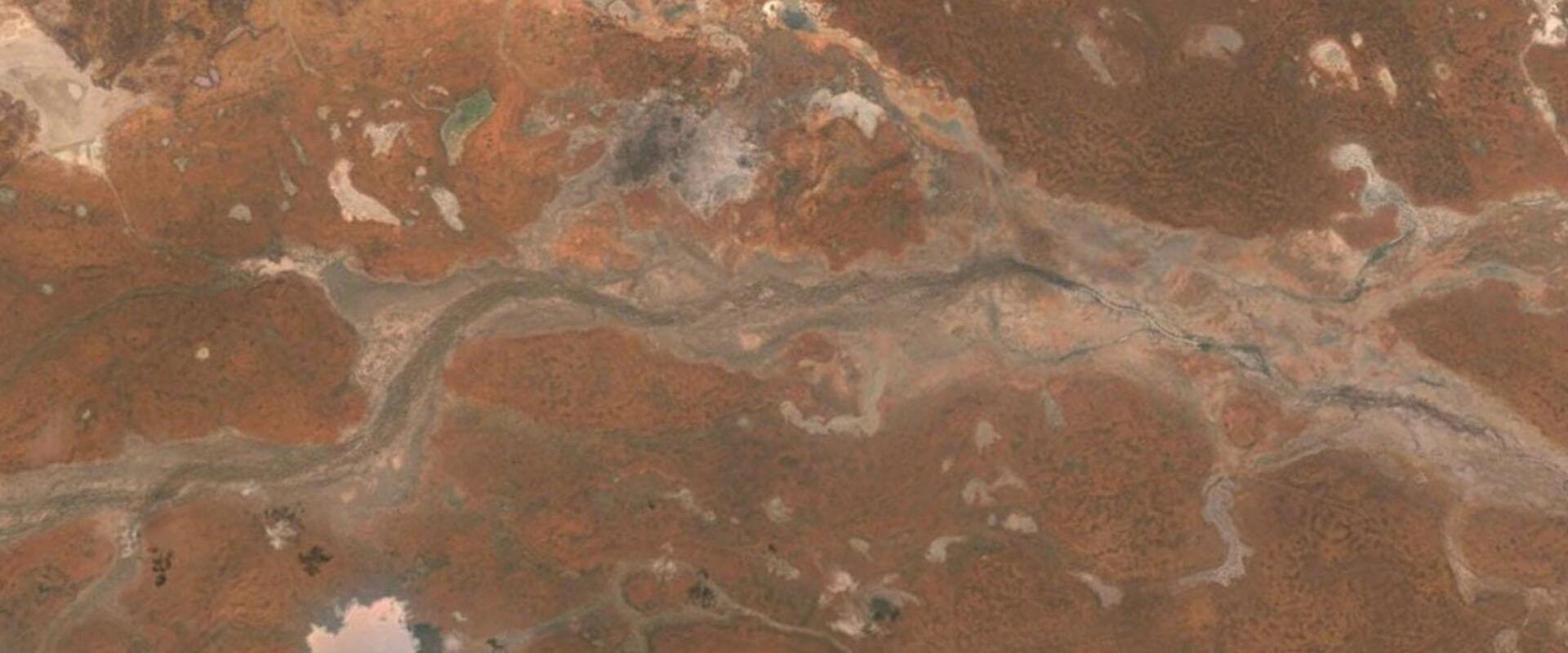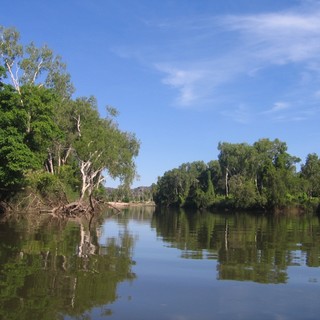
Currawinya Lakes Ecological Character Description
Currawinya Lakes is a wetland of international importance declared under the Ramsar Convention on Wetlands.
Currawinya Lakes is a wetland of international importance declared under the Ramsar Convention on Wetlands. Located in the semi-arid zone of southwest Queensland within the boundaries of the Currawinya National Park, the Ramsar site displays a unique assortment of wetland types. Permanent and semi-permanent freshwater lakes and waterholes are sustained by local rainfall and flood overflows from the Paroo River, providing important refuge and feeding habitat for birds, fish and turtles. The large salt lake, Wyara, is entirely different to the freshwater lake systems present in the wetland, providing breeding and roosting habitat for migratory and other important waterbirds in the 10s of thousands.
We were commissioned by the Queensland Environmental Protection Agency to undertake a desktop study of the ecological character of Currawinya Lakes Ramsar site. The study involves the identification of the critical processes, components and ecosystem services of the wetland, involving engagement with a panel of experts and researchers with experience working on the site. It will conclude with the preparation of an Ecological Character Description (ECD) Report outlining the key elements of the wetlands, the development of conceptual models of the key wetland functions, and the identification of criteria for measuring change to the ecological character of the wetland over time. The ECD report identified information gaps and prioritised future monitoring for the wetland while assisting Governments in meeting their legal obligations under the Convention.

Kakadu National Park is renowned world-wide for its iconic landscape, composed of a diversity of wetland types ranging from intertidal mangrove forests and mudflats, to permanent billabongs and vast expanses of seasonal freshwater marshes.

BMT was engaged by Gippsland Ports to investigate the existing system to maintain safe navigation through the channel.